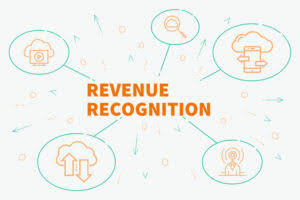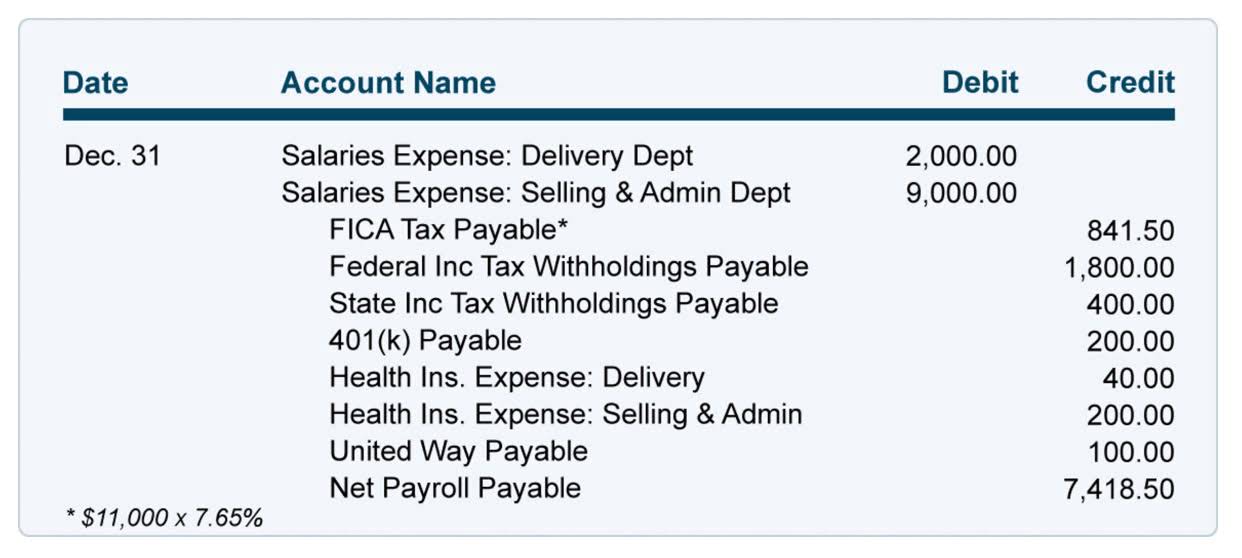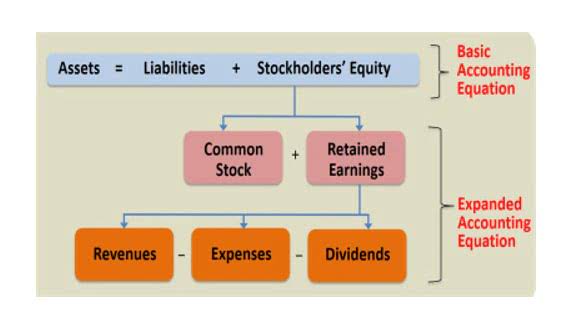
Leaders are freed up because a good portion of the decisions they often make are now made at other levels of the organization. Most importantly, the next level of leaders is empowered to make decisions, build capability, and become more engaged in the business. All of this directly impacts your organization’s culture for the better. Once you have made your decision, you need to document it and communicate it to your team and other stakeholders. Documenting your decision will help you keep track of the rationale, criteria, and framework that you used, as well as the expected outcomes, actions, and responsibilities. Communicating your decision will help you explain the reasons, benefits, and implications of your decision, as well as address any questions, concerns, or objections that might arise.
The 3 Primary Dimensions of Decision-Making in the Workplace
When you’re educated about a subject, whether it’s the healthiest food to fuel your body or the most effective way to fix up a classic car, you’re well on the way to making good decisions that will lead you to your goal. To understand how to become an ace decision maker, it’s important to first understand the type and amount of decisions we actually make in a given day. From major life choices to tiny, unconscious preferences, decision making skills involve mastering the hundreds (if not thousands) of quick, strategic choices daily. To create workplaces where smart decisions are the norm, not the exception, leaders must consider their teams’ strengths. The steps in the first and third category should be viewed as temporally sequential (e.g., for a particular decision, it is important to understand the purpose of the decision before using available data).
- Please refer to the Payment & Financial Aid page for further information.
- An outlook that she was able to share with other women, including her young daughter, Mia.
- Using a framework will help you organize your information, compare your options, and justify your decision.
- Leaders are freed up because a good portion of the decisions they often make are now made at other levels of the organization.
- One of your primary responsibilities as a manager is to get things done with and through others, which involves leveraging organizational processes to accomplish goals and produce results.
The Human Decision Making Process
From there, you should have conversations with your employees to set expectations and boundaries. When talking about boundaries, Brené Brown suggests a structure using “what’s okay and what’s not okay.” Instead of trying to come up with policies that cover every actuality, companies should allow for critical thinking and judgment. If an employee is not meeting the expectations set for them, you have the opportunity to find solutions and accommodations, given their circumstances, and set them up for success in the future. Some companies write complicated policies that can be overbearing and sound condescending. The employees meant to abide by the policies may even feel scared, because they feel like they do not know or understand the policies at all, and that they would have to keep referring to the documents because they are bound to them. For example, a customer policy that forces someone to treat every customer the same when there are differing circumstances for customers doesn’t allow for the employee to do the “right thing,” only follow the rules.
Ways to Improve Your Ethical Decision-Making
- Areas such as employee safety, compliance, conduct and employee leave will always need clear rules.
- The key differentiation between the 2 approaches appears to be that when the evidence is of high quality, some guideline panels consider that the evidence speaks for itself and the process is evidence-based.
- In this stage, talk to people with more experience, read up on similar decisions made in the past, and get familiar with the facts.
- Our platform features short, highly produced videos of HBS faculty and guest business experts, interactive graphs and exercises, cold calls to keep you engaged, and opportunities to contribute to a vibrant online community.
Ensure decision(s) made aligns with organizational purpose, culture and values. After enrolling in a program, you may request a withdrawal with refund (minus a $100 nonrefundable enrollment fee) up until 24 hours after the start of your program. Please review the Program Policies page for more details on refunds and https://www.bookstime.com/ deferrals. If your employer has contracted with HBS Online for participation in a program, or if you elect to enroll in the undergraduate credit option of the Credential of Readiness (CORe) program, note that policies for these options may differ.
Ethical Decision-Making Is a Continuous Learning Process

Establish and adhere to pertinent decision-making procedures. There are no live interactions during the course that requires the learner to speak English. Ethical decision-making is susceptible to gray areas and often met with decision making framework dissent, so it’s critical to be approachable and open to feedback. Like many young leaders, early in my career, I thought a great decision was one that attracted widespread approval.
- Ultimately, policing people lowers morale and damages company culture.
- This helps create consistency throughout an organization as it grows, especially as you begin to lose the ability to have everyone report directly to the C-suite.
- We might say that the first definition encompasses nearly every decision we make, from who we date to what order we put on our clothes in the morning.
- However, when the evidence is only of low quality or very low quality, some guideline panels label their process as consensus-based.
- There are many frameworks that you can use, depending on the type and complexity of your decision.
- If you’re making a decision that affects a larger group, like your team, your clients, your board, or your shareholders, you may want to keep the PLUS Ethical Decision Making Model in mind.
Rude Customer Has a Disagreement Over $6 – Teen Employees Have the Perfect Response
Anywhere that you’d like to leave your team members with the ability to interpret and use critical thinking to apply the expectations to their unique environment may be a fit for expectations conversations in lieu of formal policies. For example, many companies are using a dress code policy that simply says “Dress for your day” and leave it to the team member to use their judgment, good or bad, to dress appropriately for their work. Many decision-making frameworks aim to help leaders use objective information to mitigate bias, operate under time pressure, or leverage data. But these frameworks tend to fall short when it comes to decisions based on subjective information sources that suggest conflicting courses of action. In this Viewpoint, we suggest that this distinction represents a fundamental misunderstanding of both evidence-based medicine and the process of moving from evidence to recommendations, and is therefore both misguided and misleading.


As a team leader, you don’t have to make every decision by yourself. You can involve your team members in the decision-making process, especially when the decision affects them or requires their input and expertise. Consulting your team will help you gain different perspectives, insights, and feedback, as well as increase their engagement and commitment to the decision. However, you also need to balance the benefits of consultation with the drawbacks of potential conflicts, delays, or confusion.
Foster an environment that encourages participants to share opinions and embrace healthy debate. Understand the purpose and nature of the required decision(s). When you have a tough business problem to solve, you likely bring it to a group. Larger pools of knowledge are by no means a guarantee of better outcomes. Because of an over-reliance on hierarchy, an instinct to prevent dissent, and a desire to preserve harmony, many groups fall into groupthink. Our platform features short, highly produced videos of HBS faculty and guest business experts, interactive graphs and exercises, cold calls to keep you engaged, and opportunities to contribute to a vibrant online community.

We offer self-paced programs (with weekly deadlines) on the HBS Online course platform. Try imagining yourself in the other person’s shoes, and think about what you would want to hear. Doing so allows you to approach decision-making with more empathy. “Most of the time, people try to act fairly, but personal beliefs or attitudes—both conscious and subconscious—affect normal balance our ability to do so,” Hsieh says in Leadership, Ethics, and Corporate Accountability.